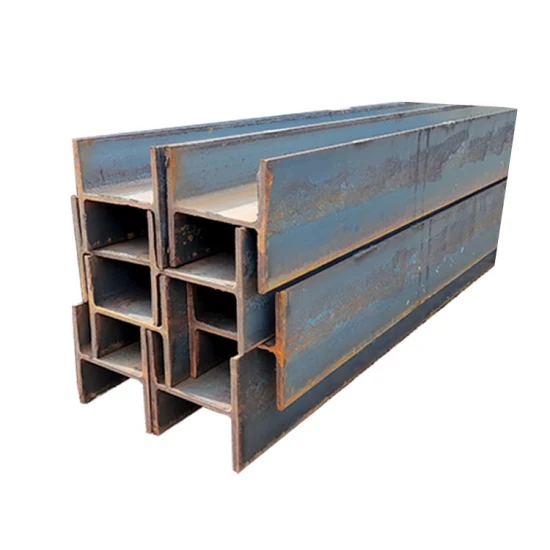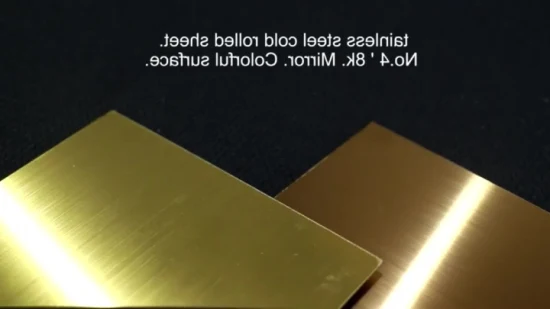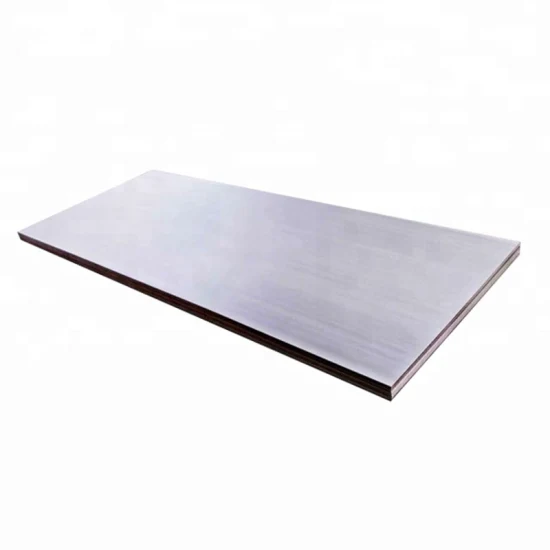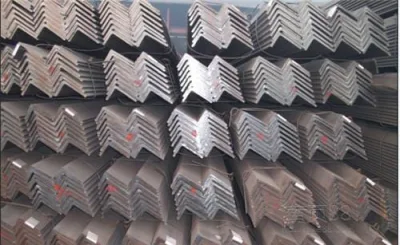
3cr12 DIN1.4003 Inox Stainless Steel Sheet Plate Price
3cr12 DIN1.4003 Inox stainless steel sheet plate price Product Description Stainless steels are a family of iron based a
Send your inquiryDESCRIPTION
Basic Info
| Model NO. | 3CR12 |
| Special Use | Corrosion Resisting |
| Stock | Stock |
| Certificates | Mill Test Certificate, SGS or Other Third Party in |
| Delivery | Immediately From Stock. |
| Samples | Free |
| Available | 5000tons |
| Transport Package | Standard Export Package with Metal Pallet |
| Specification | Tk 0.3-70mm, width 600-2000mm, SGS BV CE inspectio |
| Trademark | TISCO Baosteel LISCO POSCO |
| Origin | Shanxi/Tisco or Shanghai/Baosteel |
| HS Code | 721933 |
| Production Capacity | 800 Ton Per Week |
Product Description
3cr12 DIN1.4003 Inox stainless steel sheet plate priceProduct Description
Stainless steels are a family of iron based alloys that contain a minimum of 10.5% chromium (CR). The presence of chromium creates an invisible surface film that resists oxidation and makes the material passive or corrosion resistant (stainless). There are multiple families of stainless steel which are designed for various applications and uses. Stainless grades can be further modified to meet various processing, corrosion, temperature and strength conditions.
3CR12 Technical Data
3CR12 is a chromium containing corrosion resisting ferritic steel developed as an alternative material of construction where the mechanical properties, corrosion resistance and fabrication requirements of other materials such as mild steel, galvanised or aluminised steel, aluminium or pre-painted steels are unsuited.Originally 3CR12 was not included in any international specifications. However, a 12 per cent chromium steel developed from 3CR12 has been designated DIN type 1,4003 and ASTM/ASME 41003. The former has been incorporated into two Euronorm Standards viz. EN 10088 and EN 10028, 3CR12 conforms to the requirements of the above specifications and is multi certifiable to 3CR12, 1.4003 and 41003, due to its inclusion in the above specifications. 3CR12 vessels and tanks can be designed in accordance to BS5500, ASME, AD Merkblatter codes and the Euronorm design specification currently in preparation.
Although 3CR12 is recognised as the World's most specified 12% Chromium utility steel, it is by no means universal and should not be substituted for higher grades of stainless steel unless detailed corrosion testing has been carried out. Columbus Stainless can be consulted for advice in this regard.
3CR12 was designed as a corrosion resisting steel and, as such, will exhibit staining when exposed to aggressive atmospheric conditions. In applications where aesthetic appearance is important, it is recommended that 3CR12 is painted, or a higher grade should be used.
A long term atmospheric corrosion programme conducted over 20 years bv the CSIR has shown 3CR12 to have very good atmospheric corrosion resistance, Stainless steels, with their higher chromium contents, exhibited very low corrosion rates. Because of 3CR12's inherent corrosion resistance, it has been used successfully under wet sliding abrasion conditions such as found in the mining and bulk handling industries. In the case of mild or low alloy steels the presence of moisture in the solids being transported aggravates deterioration of the working surfaces. Not only does the surface rust wear away rapidly exposing bare metal to further corrosion, but corrosion of the working surface leads to 'hang-up' and interrupted flow. 3CR12 resists the corrosive attack and thereby improves flow and reliability, while extending the life of the solids handling equipment.
Although 3CR12 performs very well in corrosion-abrasion applications, no real benefit can be gained by using it under dry abrasion conditions. 3CR12 is not especially suitable under conditions of impact abrasion. (See: A Guide to the Use of 3CR12 in Corrosion Abrasion Applications).
3CR12 has been extensively used in aqueous environments, and has been successful in many applications involving exposure and/or immersion. It is important when using 3CR12 in aqueous environments that the decision be based on a thorough water quality analysis and microbial count. (See: A Guide to the use of 3CR12 in Water).
3CR12 is designed with ease of fabrication in mind and its composition and properties result in good forming, drawing, blanking and punching characteristics. The steel is easily welded by any of the recognised welding processes and should be post weld pickled/cleaned and passivated.
3CR12 has been included in SABS 0162 Part 4 - Code of Practice for the Structural Use of Steel. When replacing carbon steel with 3CR12, it is necessary to redesign mild and constructional steel components using the mechanical and corrosion resisting properties of 3CR12 in order to gain full advantage of potential material and fabrication savings.
This document covers black (hot rolled and annealed) 3CR12 as well as pickled (No1 and 2B) material, 3CR12 is available in the following finishes HRA, No 1, 2D and 2B, Whereas the latter three finishes can be used for all suitable 3CR12 applications, the HRA finish should only be used in applications where wet sliding abrasion occurs. It should never be used in immersion conditions The mechanical properties of the HRA material are similar to those of the No 1 finish material. A long term atmospheric programme conducted over 20 years by the CSIR has shown 3CR12 to have very good atmospheric corrosion resistance.
3cr12 DIN1.4003 Inox stainless steel sheet plate price
2. Fatigue Extensive
testing has shown that 3CR12 behaves in a similar manner to constructional steels such as BS4360 Grade 43A in terms of fatigue. Accepted procedures when desgning for fatigue loaded structures should be followed. BSBS7068 can be used.
3. Corrosion Resistance
3CR12, with chromium as its major alloying element, is not intended as a material for use in contact with process solutions such as acids, salts, etc. It is more suited to applications involving ancilliary equipment on process plants such as cable racking, stairways, flooring, handrailing, etc. 3CR12 is a "corrosion resistant" rather than "stainless" steel and as such, will tend to form a light, surface rust or discolouration when exposed to aggressive environments. This patina is superficial and does not affect the mechanical properties of the steel.
Should aesthetic or hygienic qualities be of prime importance, stainless steels rather than 3CR12 should be considered, although 3CR12 can be successfully painted with a number of paint systems.
Aqueous Corrosion
It is recommended that consultations be held with Columbus Stainless technical staff on the use of 3CR12 in water.
At the design stage, efforts must be made to avoid crevices, sedimentation, stagnancy, high operating temperatures etc., as these facts will have a negative impact on the performance of the steel.
3CR12 is not recommended for use in hot water systems unless detailed testing has previously been carried out.
Atmospheric Corrosion
A long term atmospheric corrosion programme conducted over 10 years by the CSIR has shown 3CR12 to have very good atmospheric corrosion resistance. Data on the performance of various materials at different test sites is available from VRN Technical staff.
5. Fabrication of 3CR12Note: A detailed 3CR12 fabrication guideline is available from Columbus Stainless.
Cutting
For general fabrication requirements, the most effective cutting methods are:
Forming
It is important to note that due to the higher proof strength of 3CR12, more power is required for most forming operations, than would be needed for mild steel.
When bending 3CR12 it is important to maintain a minimum inner bend radius equal to twice the material thickness. Reverse bending at ambient temperatures is not recommended - the bend area should be preheated to +- 150oC . Edge cracks can be avoided by placing the cut face on the outside radius of the bend and the sheared face on the inside. This type of cracking can also be prevented by grinding the outside radius point of bending into a rounded profile, thus eliminating the natural stress concentration point.
3cr12 DIN1.4003 Inox stainless steel sheet plate price
Welding
Manual metal arc, metal inert gas and tungsten inert gas are the common procedures used. All welding procedures must ensure that heat inputs are kept to a minimum. Down-hand welding is the preferred welding position and bead runs rather than weaving should be used. Austenitic stainless steel filler metals such as AWS ER 309L, 308L, or 316L should be used.
In order to ensure adequate corrosion resistance in weld zones, it is necessary to remove all heat tint by pickling or by some mechanical means and passivating with a cold 10% solution after cleaning. Thorough washing with clean, cold water pickling and passivating is essential.
Machining
In the annealed condition, 3CR12 has machining characteristics similar to AISI 430 i.e. a machinability rating of 60. The reduced extent of work-hardening compared to austenitic stainless steel eliminates the need for special cutting tools and lubricants. Slow speeds and heavy feeds with sufficient emulsion lubricant will prevent machining problems.
Fastening
Where 3CR12 sections are to be bolted, stainless feel fasteners such as type 304 or 431 are preferred. If bolted structures are to be used in humid or wet environments, it is strongly recommended that compressible, non-absorbant gaskets such as rubber be used.
Thermal Processing
Annealing
3CR12 is supplied in the annealed condition, its softest and most ductile state. After severe cold forming operations or after hot forming operations above 750oC, annealing may be required. Annealing is carried out at 700-750oC followed by air cooling.
Soaking times are 12hours per 25mm section.
Stress Relieving
Stress relieving is not recommended for 3CR12. If it is essential, temperatures of not more than 450oC should be employed.
Hot Forming
Any hot forming should preferably be conducted at temperatures below 750oC. The recommended temperature range is between 600oC and 700oC and annealing should be performed after forming.
3cr12 DIN1.4003 Inox stainless steel sheet plate price
Other Common available grade :
Stainless steel 304/304L Grade :
Type 304/304L is the modern version of "18-8" stainless steel containing approximately 18% chromium and 8% nickel and is the most commonly specified stainless steel used throughout the world. Type 304/304L is a versatile, general purpose stainless steel with good resistance to atmospheric corrosion, and to many chemicals and food and beverages. These grades can be specified in the annealed condition where they have very good formability. Higher nickel versions can be specified to enhance multi-stage deep drawing characteristics. Higher strength, cold-worked conditions can also be specified for Type 304/304L for spring type applications. Type 304/304L is non-magnetic in the annealed condition but may become slightly magnetic as a result of cold working.
Type 304L can be dual certified as 304 when the composition meets the lower carbon limit of 304L and the slightly higher strength levels of 304. Type 304L should be specified for welded applications as the low carbon version eliminates chromium carbide precipitation and enhances the corrosion resistance in the as-welded condition.
Stainless steel 316/316L Grade :
Alloy 316/316L is molybdenum-bearing austenitic stainless steel. The higher nickel and molybdenum content in this grade allows it to demonstrate better overall corrosion resistant properties than 304, especially with regard to pitting and crevice corrosion in chloride environments. In addition, Alloy 316/ 316L provides excellent elevated temperature tensile, creep and stress-rupture strengths, as well as outstanding formability and weldability. 316L is the lower carbon version of 316 and is immune from sensitization; therefore, it is very frequently used in heavy gauge welded components.
Stainless steel 1.4571 (316Ti)
Stainless steel types 1.4401 and 1.4404 are also known as grades 316 and 316L respectively. Grade 316 is an austenitic grade second only to 304 in commercial importance.
316 stainless steel contains an addition of molybdenum that gives it improved corrosion resistance. This is particularly apparent for pitting and crevice corrosion in chloride environments.
316L, the low carbon version of 316 stainless steel, is immune to grain boundary carbide precipitation (sensitisation). This makes it suited to use in heavy gauge (over about 6mm) welded components.
For elevated temperature applications the high carbon variant, 316H stainless steel and the stabilised grade 316Ti stainless steel should be employed.
The austenitic structure of 316 stainless steel gives excellent toughness, even at cryogenic temperatures.
Property data given in this document is typical for bar products covered by EN 10088-3:2005. ASTM, EN or other standards may cover products sold. It is reasonable to expect specifications in these standards to be similar but not necessarily identical to those given in this datasheet.
Stainless steel grade 316Ti contains a small amount of titanium. Titanium content is typically only around 0.5%. The titanium atoms stabilise the structure of the 316 at temperatures over 800°C. This prevents carbide precipitation at the grain boundaries and protects the metal from corrosion. The main advantage of 316Ti is that it can be held at higher temperatures for a longer period without sensitisation (precipitation) occurring. 316Ti retains physical and mechanical properties similar to standard grades of 316.
3cr12 DIN1.4003 Inox stainless steel sheet plate price
Stainless steel 347 grade:
Alloy 347 is a stabilized, austenitic, chromium steel containing columbium which allows for the elimination of carbide precipitation, and, consequently, intergranualr corrosion. Alloy 347 is stabilized by the additions of chromium and tantalum and offers higher creep and stress rupture properties than alloy 304 and 304L which may also be used for exposures where sensitization and intergranualr corrosion are of concern. The addition of columbium also allows Alloy 347 to have excellent corrosion resistance, even superior to that of alloy 321. 347H is the higher carbon composition form of Alloy 347 and demonstrates improved high temperature and creep properties.
Stainless steel 321/321H grade.
Alloy 321 (UNS S32100) is a titanium stabilized austenitic stainless steel with good general corrosion resistance. It has excellent resistance to intergranular corrosion after exposure to temperatures in the chromium carbide precipitation range of 800 - 1500°F (427 - 816°C). The alloy resists oxidation to 1500°F (816°C) and has higher creep and stress rupture properties than alloys 304 and 304L. It also possesses good low temperature toughness.
Alloy 321H (UNS S 32109) is the higher carbon (0.04 - 0.10) version of the alloy. It was developed for enhanced creep resistance and for higher strength at temperatures above 1000oF (537°C). In most instances, the carbon content of the plate enables dual certification.
Alloy 321 cannot be hardened by heat treatment, only by cold working. It can be easily welded and processed by standard shop fabrication practices.
Stainless steel 309 309S 310 310S grade:
The 309 stainless steel has a higher corrosion resistance and strength compared to 304 stainless steel. This product is versatile and known for its high heat treatment capabilities.Great ductility, weldability, and high-temperature properties make 310 Stainless Steel the ideal choice for projects that require service at temperatures up to 1150 degrees Celsius. Grade 310 resists oxidation and is also used at temperatures up to 1040 degrees Celsius intermittently. Similar to other austenitic steel grades, toughness down to cryogenic temperatures is another feature of 310.
3cr12 DIN1.4003 Inox stainless steel sheet plate price| Item | Description |
| Standard | ASTM A240 / AISI / DIN / JIS / GB |
Grade | 201/202 |
| 304/304L/304H/309S/310S/316L/316Ti/317L/321//S31803/S32205/904L | |
| 409L/410S/420J1/J2/430 439 441 444 446 | |
| Thickness | 0.3-6.0mm for cold sheet scope; 3.0-100mm for hot rolled scope |
| Width&Length | 1000mm/1219mm/1500mm/1800mm/2000mm |
| Length from cutting, as requirement | |
| Surface | Mill surface: 2B/BA/No.1 |
| Processing surface: 8k mirror/Hairline/No.4 Satin/Bead blast/Color etched | |
| Protection | Transparent film/ Blue fulm/PVC film or laser film |
| Package | Standard export package with metal pallet + angle bar protection + |
| Processing | Edging/Laser(Plasma/Water Jet) cutting/Leveling/Slitting |
Products Show
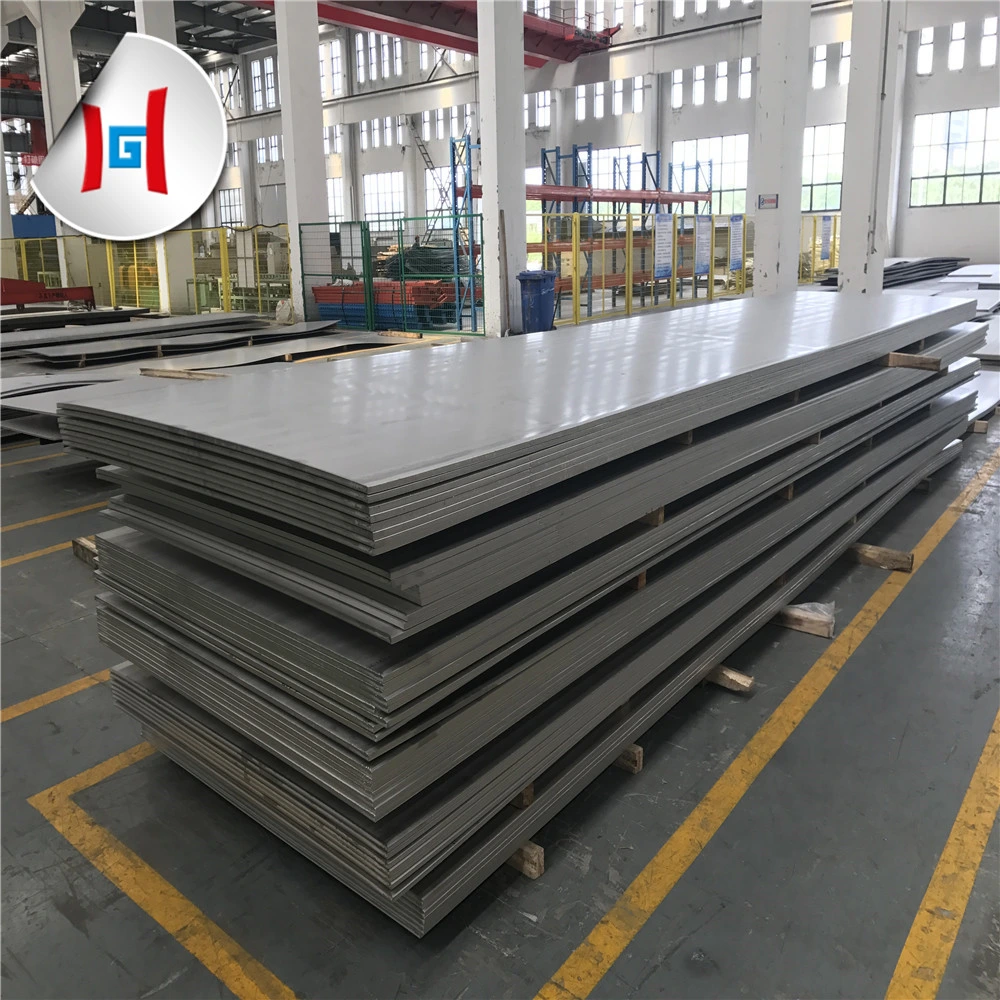

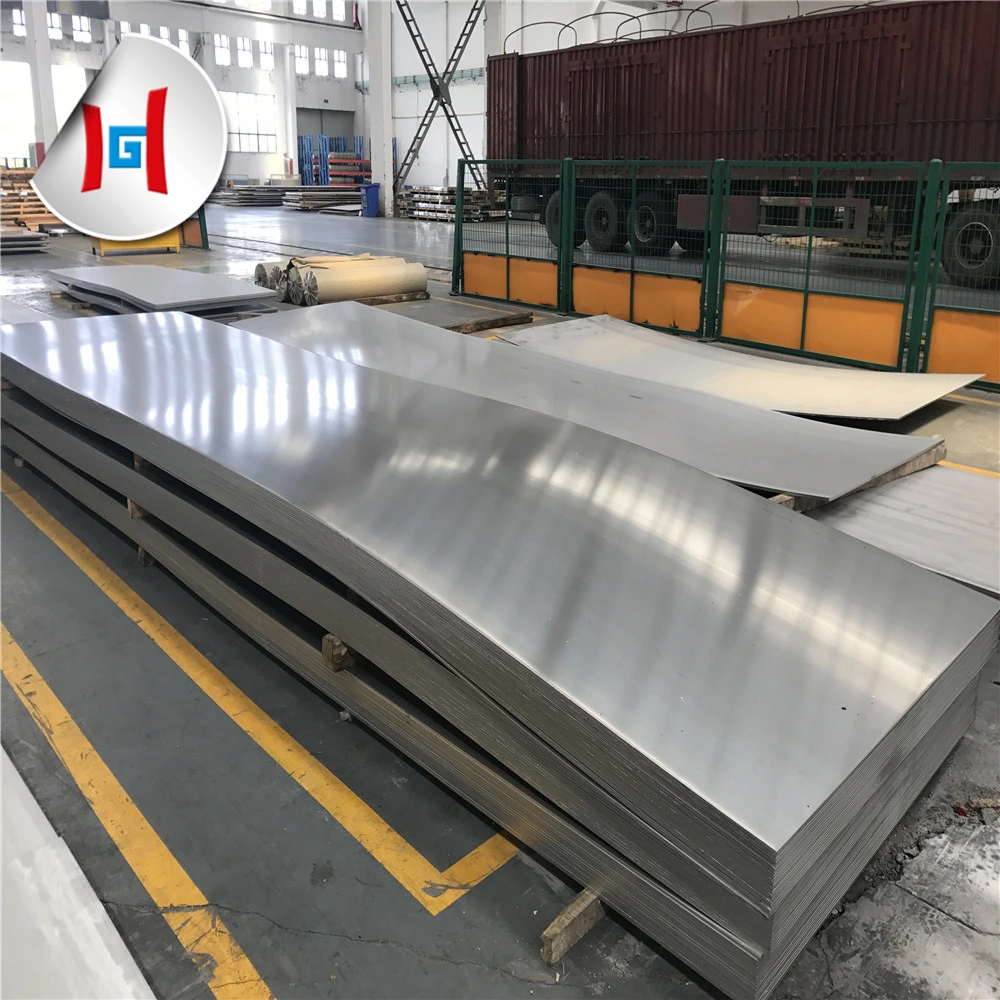

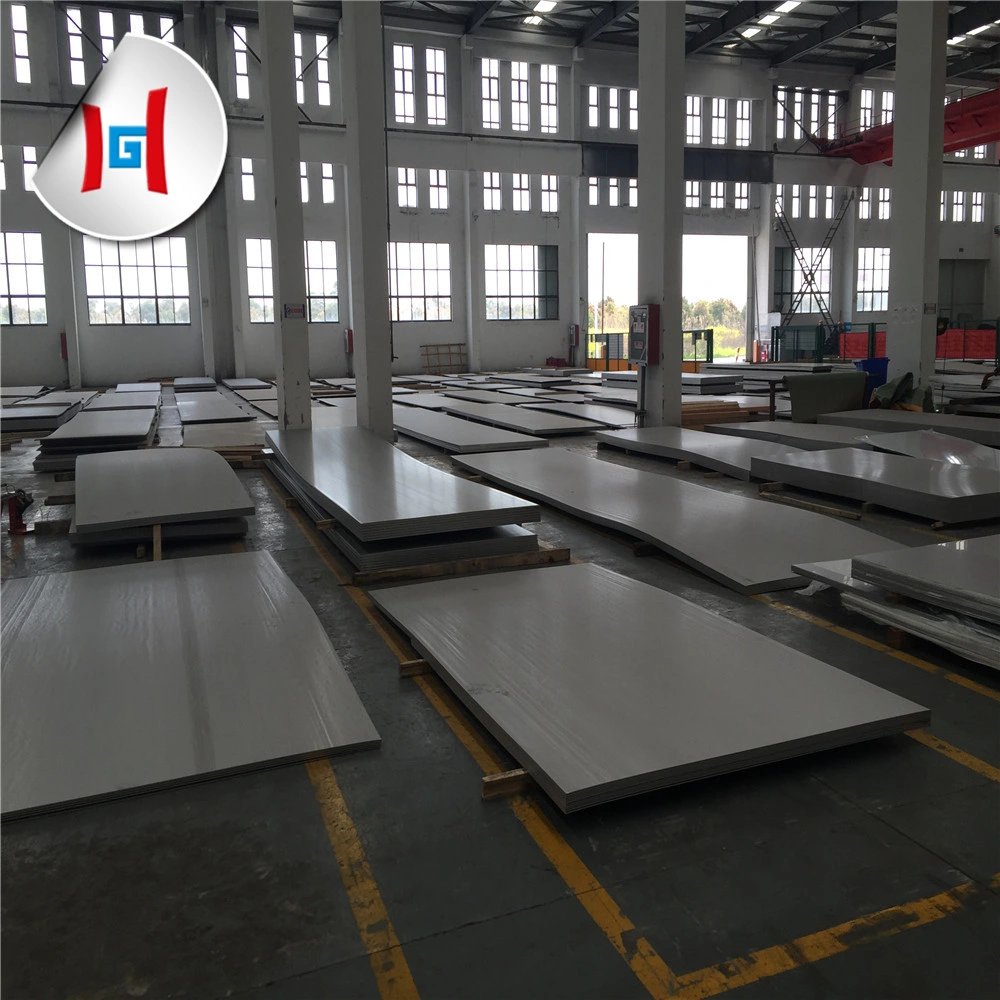
3cr12 DIN1.4003 Inox stainless steel sheet plate price
For the common grade as 201, 304, 316L material, also we can supply the surface processing as Mirror, Golden mirror, Hairline, Bead Blast etc.
3cr12 DIN1.4003 Inox stainless steel sheet plate price
3cr12 DIN1.4003 Inox stainless steel sheet plate price
3cr12 DIN1.4003 Inox stainless steel sheet plate price
The reason why you choose Tianjin TEDA Ganghua
ISO&SGS&BV Audited company
Advanced production line and inspection equipment
Finished Product Inventory: More Than 800 Tons.
Prompt delivery from stock.
Convenient transportation
We can offer competitive price with best quality&service
More than 10 years export experience
More than 20 years industry experience
More than 30 countries worldwide customers
If you are interested in our products, pls feel free to contact us, we will try our best to support Our business, expect our cooperation chance.
Related Products
-
![Tool Alloy Structural Steel Constructiona Bearing Steels Scm440 Special Steel Toughness Steel Round]()
Tool Alloy Structural Steel Constructiona Bearing Steels Scm440 Special Steel Toughness Steel Round
-
![D2 1.2379 SKD11 Cr12MOV Special Alloy Mould Tool Die Steel Flat]()
D2 1.2379 SKD11 Cr12MOV Special Alloy Mould Tool Die Steel Flat
-
![Corrosion Resistant 1.2083/4Cr13/S136/420 Special Alloy Plastic Die Steel]()
Corrosion Resistant 1.2083/4Cr13/S136/420 Special Alloy Plastic Die Steel
-
![Amazon Solution Three Legs BBQ Outdoor Camping Cookware Cast Iron Dutch Oven for Sale]()
Amazon Solution Three Legs BBQ Outdoor Camping Cookware Cast Iron Dutch Oven for Sale



